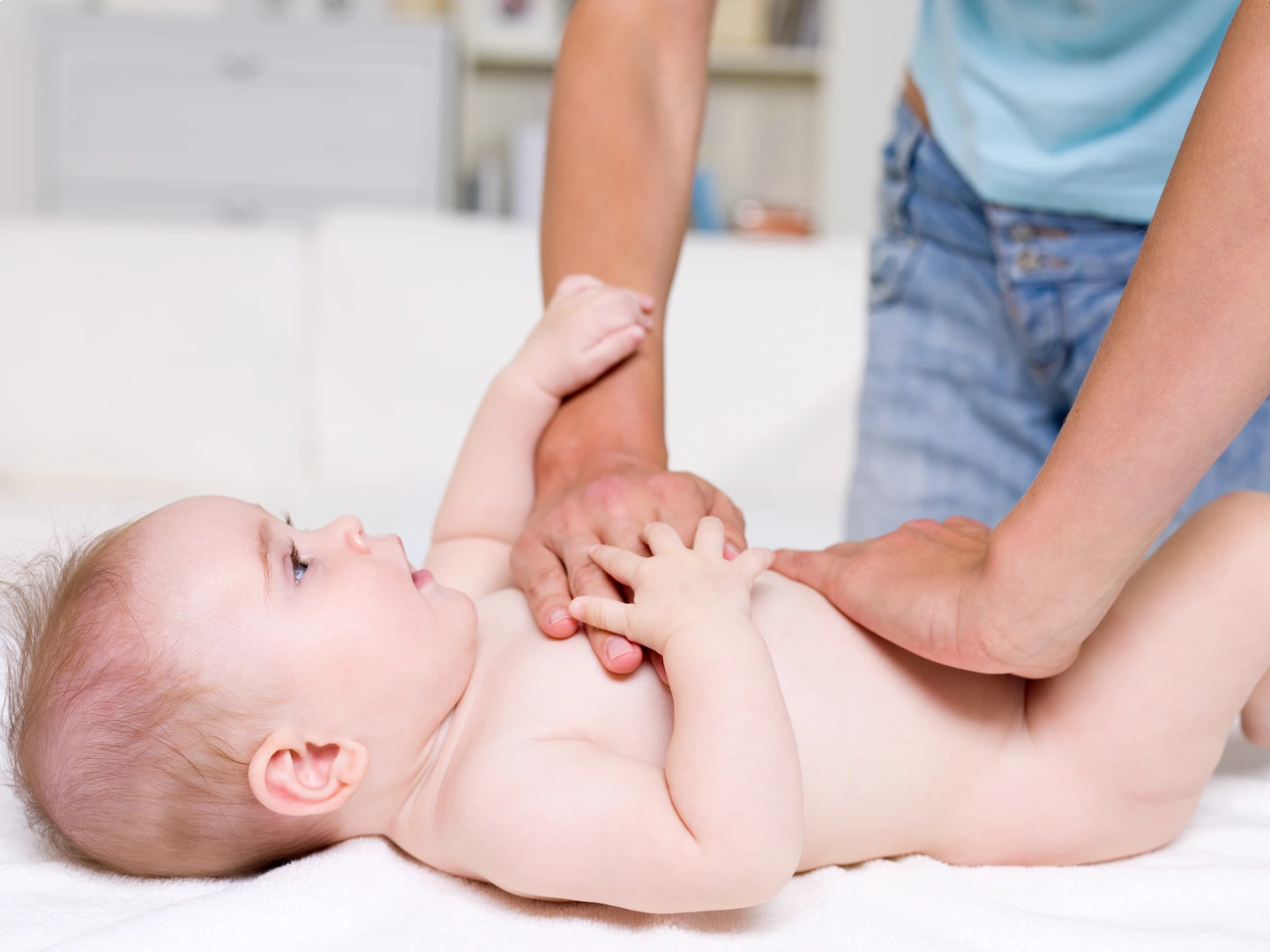Babies and children who develop inguinal hernias experience groyne hernias. When your intestines protrude through your abdominal wall, you have a hernia. A visible bulge under the skin in your child’s groyne or scrotum is the primary sign of an inguinal hernia. An inguinal hernia will require surgery to be repaired in your child.
What Are Inguinal Hernias?
A hernia that develops in the groyne is known as an inguinal hernia in infants. Inguinal is another word for the groyne. The region between your child’s thighs and belly, or abdomen, is known as the groyne.
When a portion of your child’s intestine pushes through their inguinal canal, a hole forms in their abdominal wall. The inguinal canal runs from the belly to the genitalia of your infant.
How Do I Know If My Child Has An Inguinal Hernia?
Hernias can happen to anyone at any age, but they are most frequent in newborns. However, they may not be apparent for a few weeks or months after delivery. An inguinal hernia in children typically manifests as a groyne or scrotum protrusion. Usually, the bulge will appear and disappear. If your child cries or stretches, it might get larger. While your youngster is dozing off or relaxing during the night, it can disappear or get smaller.
What Signs And Symptoms Might A Child Have Of An Inguinal Hernia?
A visible bulge under the skin in your child’s groyne or scrotum is the primary sign of an inguinal hernia. If your youngster has been sobbing or strained, it can get bigger. The bulge may appear and go. If your youngster is at ease or asleep, it can shrink or disappear. The sides of their groyne may protrude on either one or both sides.
Other signs of an inguinal hernia in children could include:
- Discomfort and pain that gets better with sleep.
- The feeling of pressure or weight in their groyne.
- Enlarged scrotum.
- Burning at the bulge’s location.
- Infants’ crankiness and feeding issues.
A medical emergency exists if your child has a strangulated or imprisoned hernia. Immediately seek medical attention for your child if they exhibit any of the following signs:
- Extreme sensitivity or pain.
- Bruising and redness are present near the bulge.
- No desire.
- Fever.
- Vomiting and nauseous.
- Blood in stools
How Do You Treat An Inguinal Hernia?
The inguinal hernia needs to be surgically repaired. Your doctor will refer your child to a paediatric surgeon or paediatric urologist for treatment after a hernia is discovered. The passage will be sealed off during surgery. The severity of the symptoms and the type of hernia determine when surgery should be performed. An imprisoned hernia requires rapid attention.
Which Kind Of Surgery Is Performed?
A small incision is often made close to the bulge during hernia repair surgery, and the hernia’s contents are then pushed back into the abdomen. The inguinal tunnel, through which the abdominal organs (hernia) protrude, is sealed off.
- If a laparoscopic (scope) method is employed, tiny incisions are created in the belly to allow the scope and repair tools to be inserted.
- If the bowel is incarcerated or strangulated in the hernia, the surgeon will first check to make sure that the bowel’s blood supply hasn’t been cut off for an extended period of time. If it has, it could be necessary to remove a tiny portion of the bowel and then sew it back together.
Conclusion:
You could be anxious if your baby has an inguinal hernia. However, inguinal hernias in children and newborns are rather prevalent. Take your baby to the doctor straight away if you detect a swelling area close to their groyne. Inguinal hernias may appear and sound frightening, but they are a common condition that requires little effort to repair. Surgery will be required to fix the problem for your child. However, they will feel better in a few days or a few weeks.






